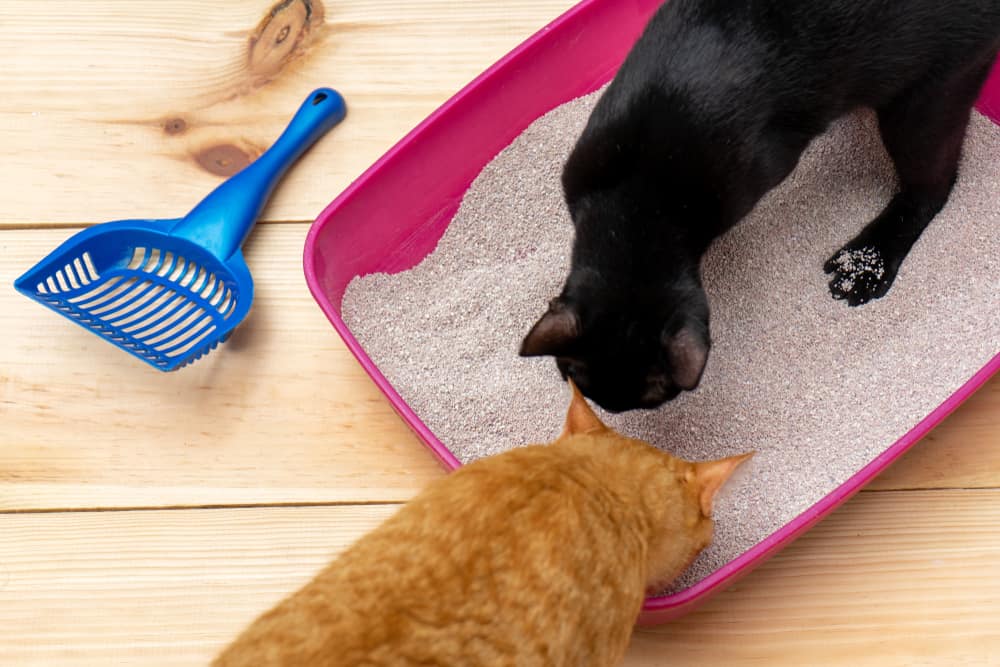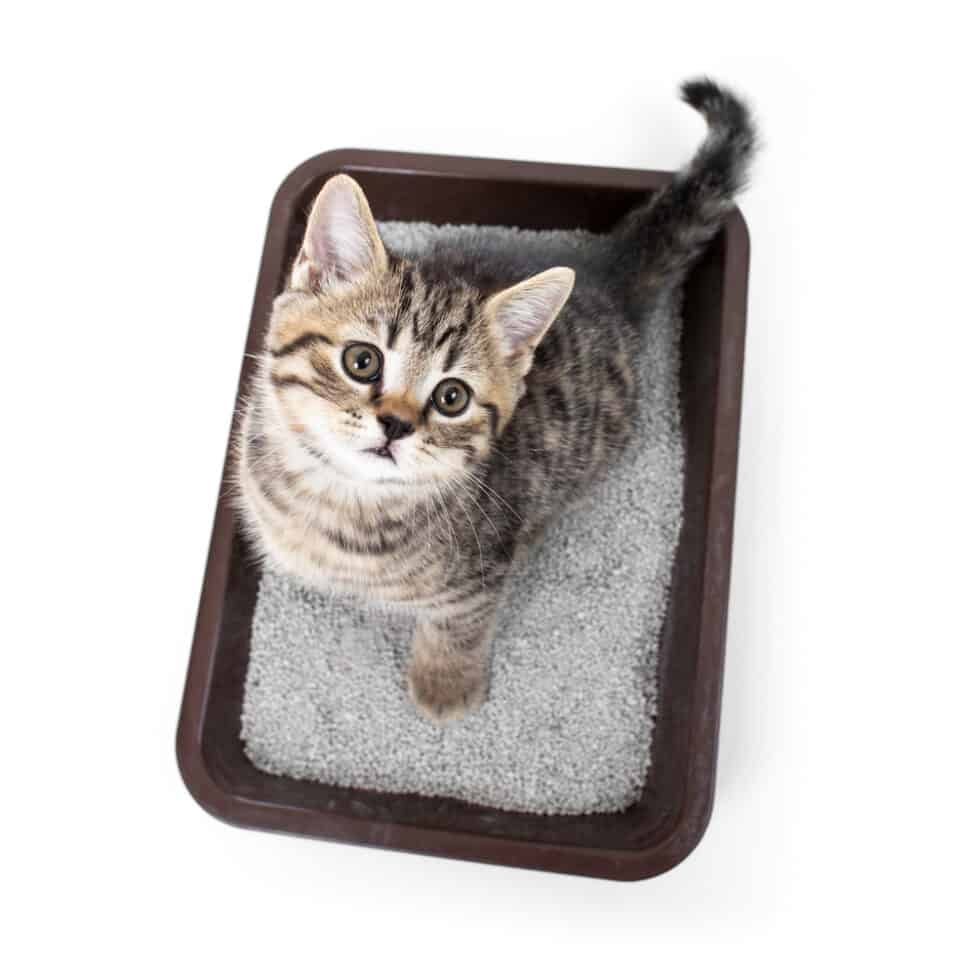Contents
All products and services on Project PAWS are independently selected by our editors, contributors, and veterinary experts. This post contains affiliate links. As an Amazon Associate I earn from qualifying purchases.To learn more, view my disclosure policy.
Last Updated on October 28, 2020 by Aimee
Inappropriate Elimination In Cats: Why It Happens and How To Prevent It: A cat urinating outside the box can be the most difficult and frustrating behavior cat owners deal with. Many people think it is just marking behavior where a cat feels the need to mark its territory, but there are few reasons this is happening. Underlying health conditions or environmental issues are frequent causes as well. If urinating outside the litter box or in the house when the cat usually goes outside to eliminate has happened more than once or twice, you may want to bring your cat to the vet to rule out any health issues. Cats, especially males can be prone to urinary tract crystals and infections with the primary symptom being inappropriate urination. Feline lower urinary tract disease (FLUTD) can be caused by bladder stones, crystals, bacterial infection, or cancer that creates bladder inflammation (cystitis). Cystitis hurts and makes cats feel like they need to “go” more often. Sometimes they’ll associate the litter box with discomfort and look for other places to urinate. Once the cats urinary health have been ruled out other reasons need to be examined.
Marking Their Turf
Cats use urine to mark territory that’s important to them. Cats often get along quite well until they reach social maturity between 2 to 4 years of age. People are often confused as to why two cats that used to play and snuggle now don’t tolerate each other. The difference in improper elimination and territory marking is that house-soiling usually involves squatting and depositing urine or feces on a horizontal surface, while urine marking tends to target vertical surfaces.
Check the Litter Box
Cats will reject the litter box for a variety of reasons. It could be wrong spot (too near food or sleeping spots), not clean enough, or sometimes when they have to share with another cat they may not want to “go” after another kitty. Some might have a preference of wanting a separate box for solids and liquids. Cats also have very specific preferences for the types of box filters or surfaces, and sometimes the box may be too small to accommodate a big-tailed feline.
There are many things to take into consideration when choice a litter box and litter. The location of the box, the size of the box, if the box is covered or not, if the box is hard to get to, if the box is in a location with lots of commotion. Another thing to consider is the litter. Most cats don’t like scented or perfumed litter. Some litter clumps, some is crystals some is recycled cardboard made to be flushable. When purchasing for your kitty, please consider what you cat would like instead of what color, shape or size you like. Encouraging you cat to use their litter box can mean trying a variety of different boxes and or litters to find out what your cat prefers. Avoid changing the location of a litter box, this can cause your cat to improperly eliminate too.
Reduce Stress
Cats like routine and anything that disrupts their normal day-to-day could put their tails in a twist. That could be anything from new drapes, a stray cat that patrols outside the window, new or unpredictable work. In the spring when stray cats go into heat, the scent and sound can prompt indoor cats to become more stressed and increase territorial marking. In addition, stress can make any medical or behavioral problems worse.

Eliminate Odor and Create New Associations
Pay attention to where your cat urine marks and clean thoroughly with vinegar and baking soda. Change the associate of the marked place by feeding your cat near the area or putting their food bowls on the cleaned spot. This message says this is a place to be clean, not eliminate.
A final word about Inappropriate Elimination In Cats:
Add Another Litter Box
With multiple cats, you may need to coddle twice as much (or more). Offer at least one litter box per cat plus one more. Space these in different parts of the house and make sure they are easy to access, big enough (your cat should be able to turn in a 360 easily), clean and in a quiet area of the house.
Similarly, provide scratching objects and resting places for each cat in a variety of places throughout the home. Extra vertical space can allow cats to climb and get away from each other, while each “owns” its own resting spot. Single-cat shelves (only space for one cat) can keep cats from having to share.

